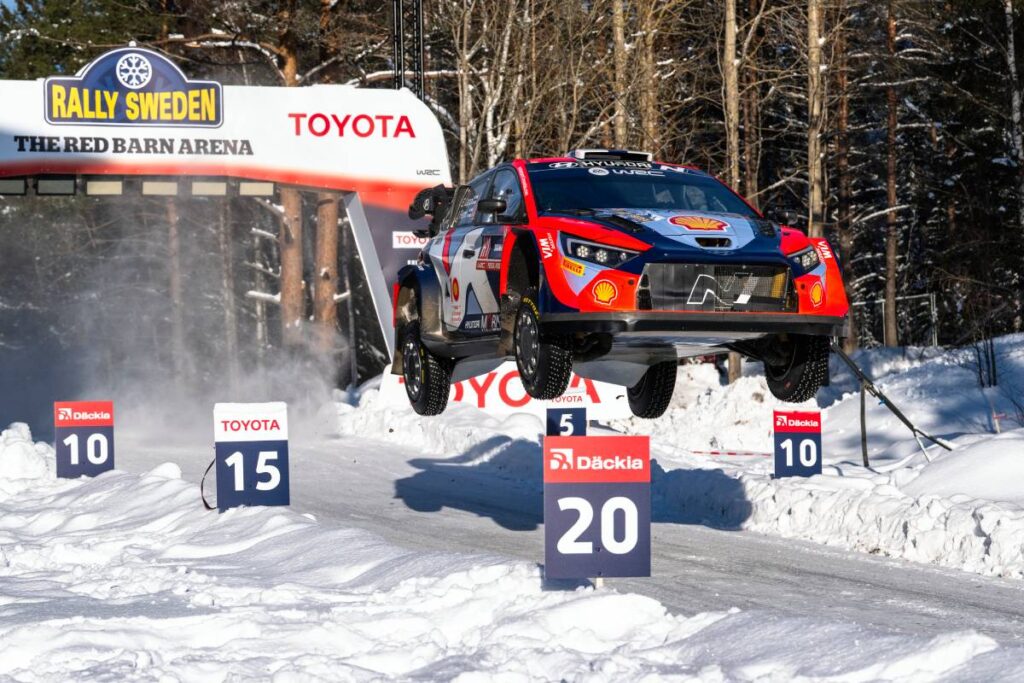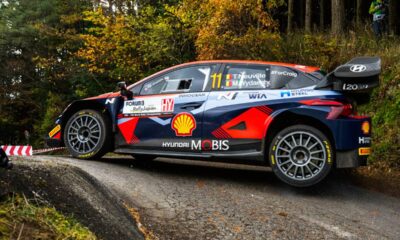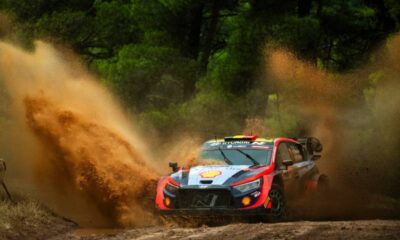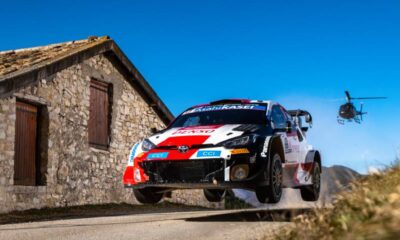Motorsport
One step back, two steps forward? WRC ditches hybrid powertrains in 2025, hoping for a better future
The WRC has been struggling with a number of almost existential problems lately. A low number of teams and overly expensive technology have plunged the series into the depths from which the sport wants to emerge as soon as possible.

The WRC has been struggling with a number of almost existential problems lately. A low number of teams and overly expensive technology have plunged the series into the depths from which the sport wants to emerge as soon as possible. Following a meeting of the FIA’s World Motor Sport Council, the championship will scrap hybrids from next season, which will debut in the 2022 season. Other major steps include reducing the cost of producing Rally1 cars, reducing the performance gap between the two strongest classes and more.
The World Rally Championship doesn’t have two flowery seasons. For several years now, only a trio of constructors – Ford, Hyundai and Toyota – have participated in the championship. With the usual number of participants in each rally often not exceeding the number ten.
While other leading motorsport series such as F1 and MotoGP have taken a large number of measures some time ago to reduce the overall running costs of their own championships, the WRC has instead introduced hybrid powertrains for 2022 in order to be more relevant to the current direction of the automotive industry.
A list of radical WRC measures for the coming seasons
In hindsight, however, it has become clear that the WRC has rather only made its own situation more complicated. Hybrids had shot up the price of Rally1 cars to values reaching one million euros, which was far too much for more than just the constructors. The International Automobile Federation (FIA) thus announced at this year’s opening meeting of the World Motor Sport Council the almost immediate abandonment of hybrids for the following 2025 season.
The abandonment of hybrid units will not end there, however. The return to pure internal combustion engines will bring a drop in power to 330 hp in addition to a 400,000 euro cost reduction. At the same time, the FIA plans to allow the second-fastest Rally2 class cars to use components from the Rally1 machines, such as a larger exhaust and rear wing, from next year. The absolute performance gap between the two classes should thus be significantly reduced from 2025.
Further packages of technical changes such as standard safety cells, aerodynamic limitations and body development based on road car models will come into force a year later, in 2026.
In addition to these technical innovations, the WRC will also undergo changes to the sport’s regulations and overall promotion. The organisers of each rally will get a free hand in setting the number of stages and their routes. The calendar is also expected to include several shorter and longer events. However, the gross distance of all events will remain at similar numbers. But the non-competitive kilometres between stages will be shortened. The FIA and WRC will also create a promotional group to maximise the sport’s potential.
Source: FIA, Autosport












